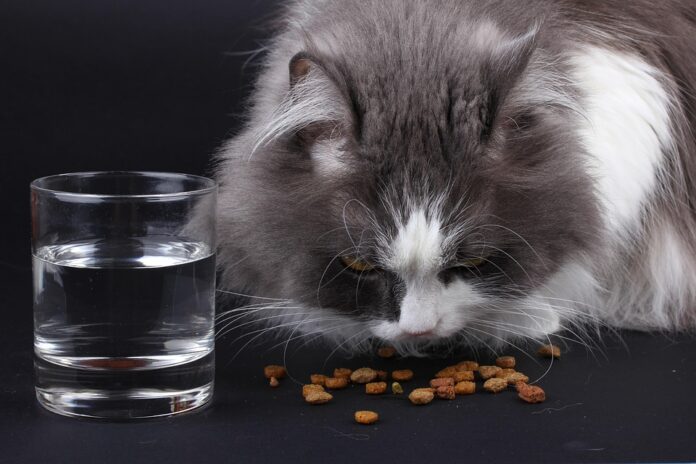Sustainability in Cat Food Production Becomes a Key Consumer Concern
In recent years, sustainability has become a significant focus for consumers across various industries, including pet food production. As more people become aware of the environmental impact of their purchasing decisions, the demand for sustainable products has been on the rise. This trend has also extended to the pet food industry, with cat owners increasingly looking for environmentally friendly and ethically sourced options for their furry companions.
The Shift Towards Sustainable Cat Food
The pet food industry is a multi-billion dollar market that continues to grow each year. With the rise of pet humanization, where pets are treated as members of the family, pet owners are becoming more conscious of the ingredients in their pets’ food. This shift has led to an increased demand for natural, organic, and sustainable cat food options.
Companies in the pet food industry have taken notice of this trend and have started to incorporate sustainability practices into their production processes. This includes sourcing ingredients from sustainable and ethical suppliers, reducing carbon emissions in manufacturing, and implementing environmentally friendly packaging solutions.
Financial Impact of Sustainability in Cat Food Production
The shift towards sustainability in cat food production does come with its challenges and costs. Companies may need to invest in new technologies, change suppliers, or revamp their production processes to meet sustainability standards. However, these investments can also lead to long-term cost savings and increased consumer trust and loyalty.
According to industry data, consumers are willing to pay a premium for sustainable products, including cat food. A study by Nielsen found that 73% of global consumers are willing to pay more for sustainable brands. This presents an opportunity for cat food companies to differentiate themselves in a competitive market and attract environmentally conscious consumers.
Industry Insights and Trends
Several major players in the pet food industry have already started to prioritize sustainability in their cat food production. For example, Mars Petcare, one of the largest pet food manufacturers in the world, has set ambitious sustainability goals, including sourcing all of its fish from sustainable sources by 2025.
Other companies, such as Nestle Purina PetCare and Blue Buffalo, have also made commitments to sustainability by using responsibly sourced ingredients and reducing their environmental footprint. These initiatives not only benefit the environment but also help improve brand reputation and customer loyalty.
Challenges and Opportunities
While the shift towards sustainability in cat food production is a positive development, there are challenges that companies may face along the way. These include the higher costs associated with sourcing sustainable ingredients, the need for transparency in the supply chain, and the difficulty of measuring the environmental impact of production processes.
However, there are also opportunities for innovation and growth in the sustainable cat food market. By investing in sustainable practices, companies can attract a growing segment of environmentally conscious consumers and differentiate themselves from competitors. Additionally, sustainability initiatives can lead to cost savings, operational efficiencies, and a positive impact on the environment.
In conclusion, sustainability in cat food production has become a key consumer concern that is shaping the future of the pet food industry. Companies that prioritize sustainability and invest in environmentally friendly practices stand to benefit from increased consumer trust, loyalty, and market share. As the demand for sustainable products continues to grow, it is essential for cat food companies to adapt to this trend and embrace sustainability as a core value in their operations.




